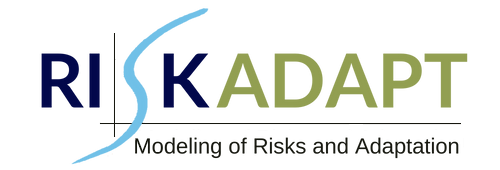Work Package Name: User Requirements, Architecture
Lead Beneficiary: UU
Objectives:
Identify/engage stakeholders and form the CoPs. Analyse the stakeholders’ needs and produce user requirements for the field tests. Provide technical specifications and the subsystem/system architecture.
